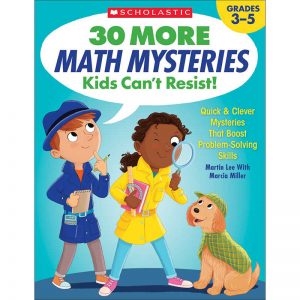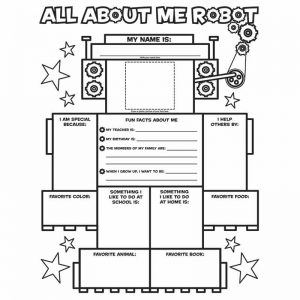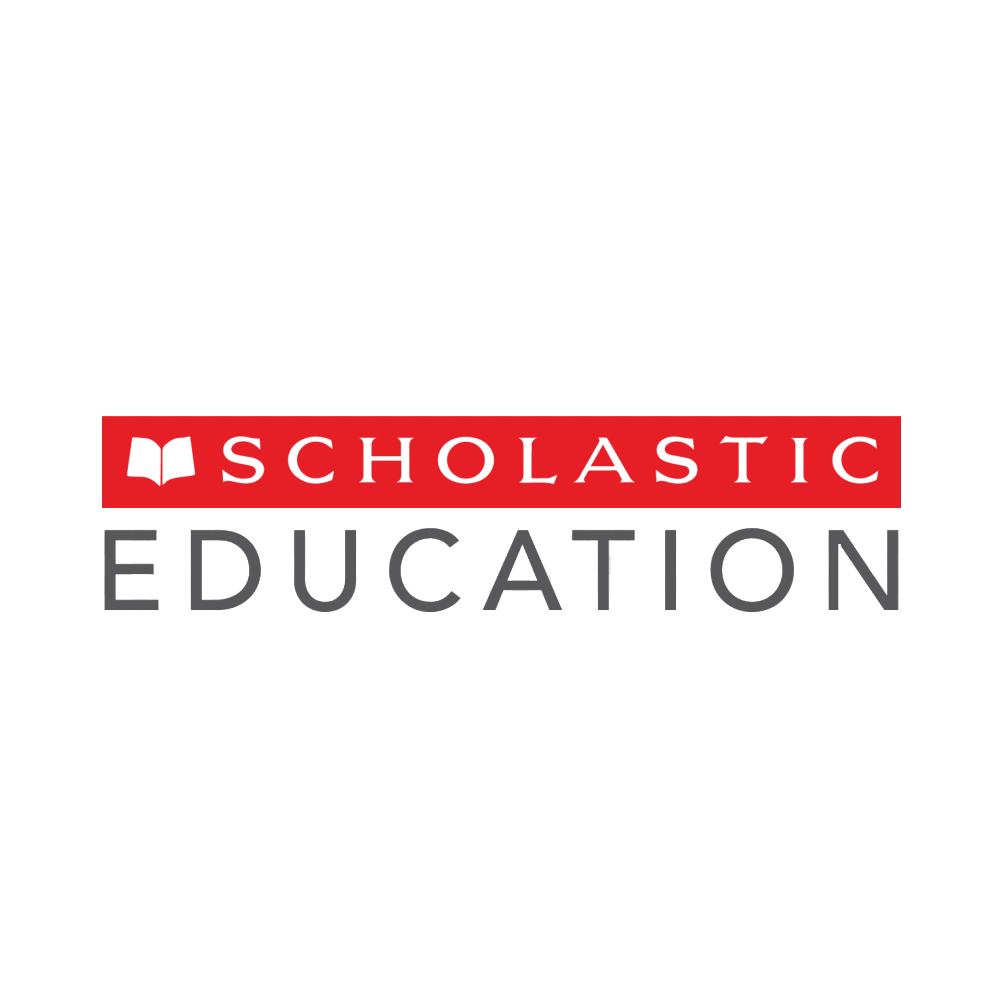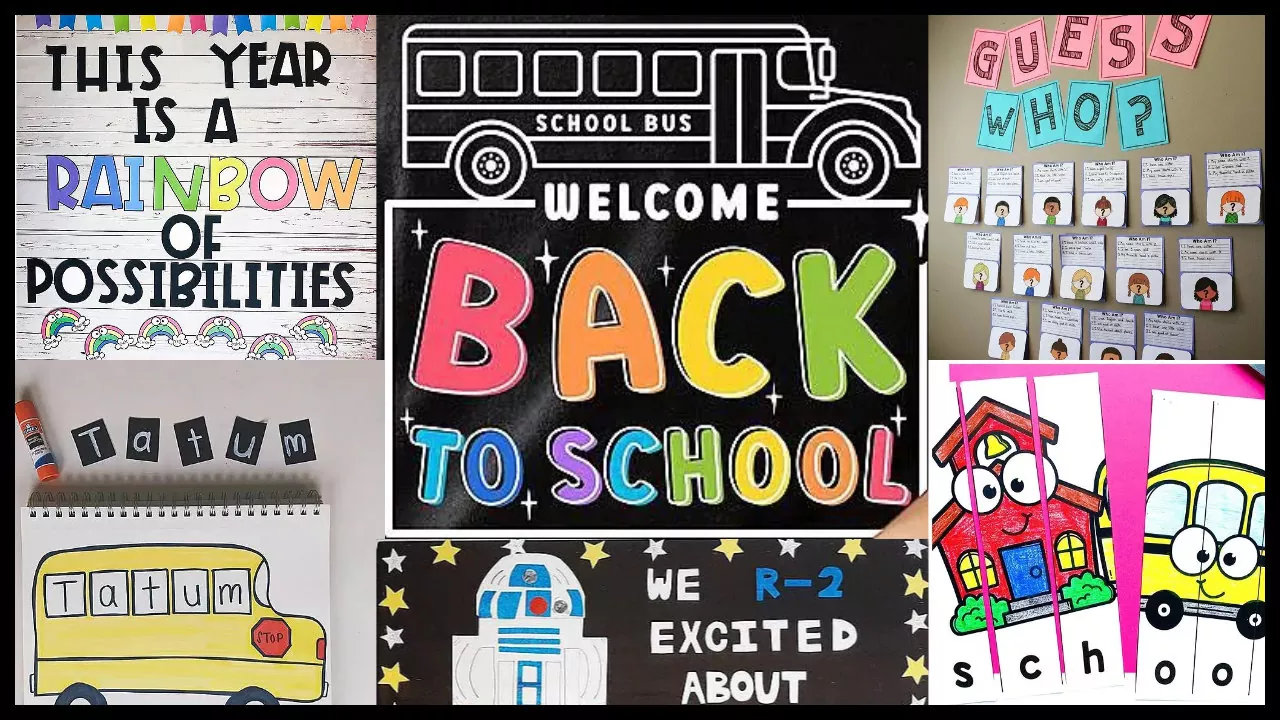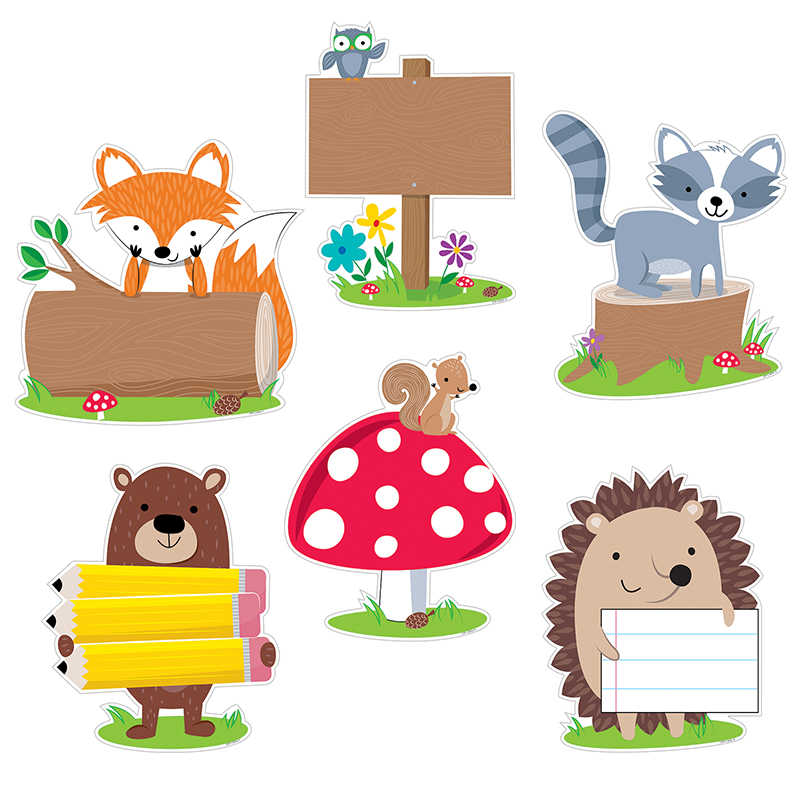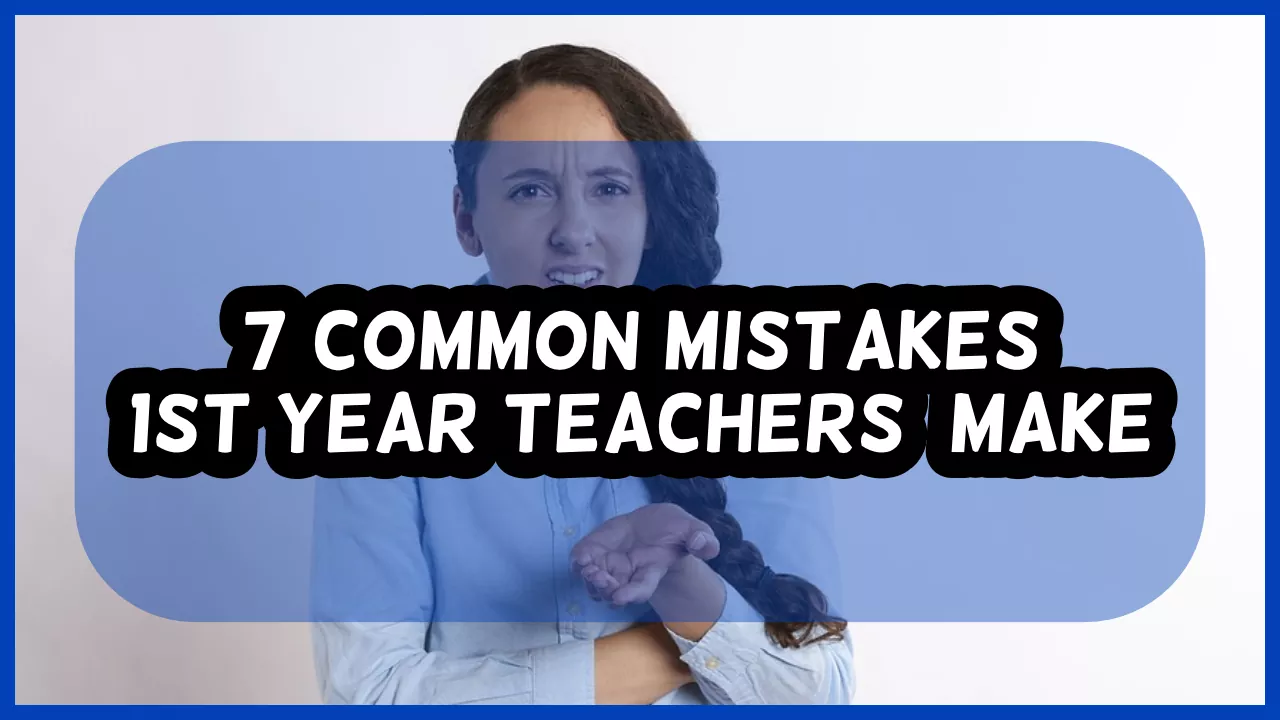The New Essentials – INTRODUCTION
Guiding K–3 Writers to Independence: The New Essentials emerged from our work with Literacy Collaborative® and Reading Recovery® at the Ohio State University. Literacy Collaborative is a research-based school-reform initiative with the goal to raise literacy achievement in K–6 classrooms. Literacy coordinators train for seven to eight weeks at a university or district training site to become a school-based staff developer and coach for either primary (K–2) or intermediate (3–5/6) grades. (Visit www.literacycollaborative.org for more information about how to become part of the Literacy Collaborative network.) Reading Recovery teachers work for approximately half their day designing and delivering instruction to those first-grade students having the greatest difficulty learning to read and write. The goal is to accelerate each student’s progress to average reading and writing within 20 weeks. (Visit www.rrosu.org for more information.) Both literacy initiatives provide intensive staff development for teachers, teacher leaders, literacy coordinators, university trainers, and administrators. In combination, these professionals provide a comprehensive system for supporting literacy and language learning across the years of the elementary school.
WORKSHEET & Sample PDF Activity
Sample PDF Activity
The chapters in this book were written by Literacy Collaborative and Reading Recovery professionals who have extensive experience in classrooms and as staff developers. The content in this book is informed by our work in classrooms with teachers and students who are learning about themselves as readers and writers. In contrast to educational initiatives that provide scripted, teacher-proof materials, our work celebrates each teacher as the expert decision maker charged with supporting the literacy development of each learner in the classroom. To do this requires that teachers continuously refine their skills for observing students and planning instruction to meet individual needs. It is our hope that this book will contribute to teachers, staff developers, and administrators as they continue to fine-tune their instructional programs supporting students as readers and writers. Each chapter ends with “Suggestions for Professional Development” that include ideas for study groups, seminars, staff development, or learning with a friend. You can find an additional study guide at www.lcosu.org. Appendices at the end of the book offer lists of children’s literature and frequently asked questions that can be important resources for teachers as they use the ideas in this book with their students.
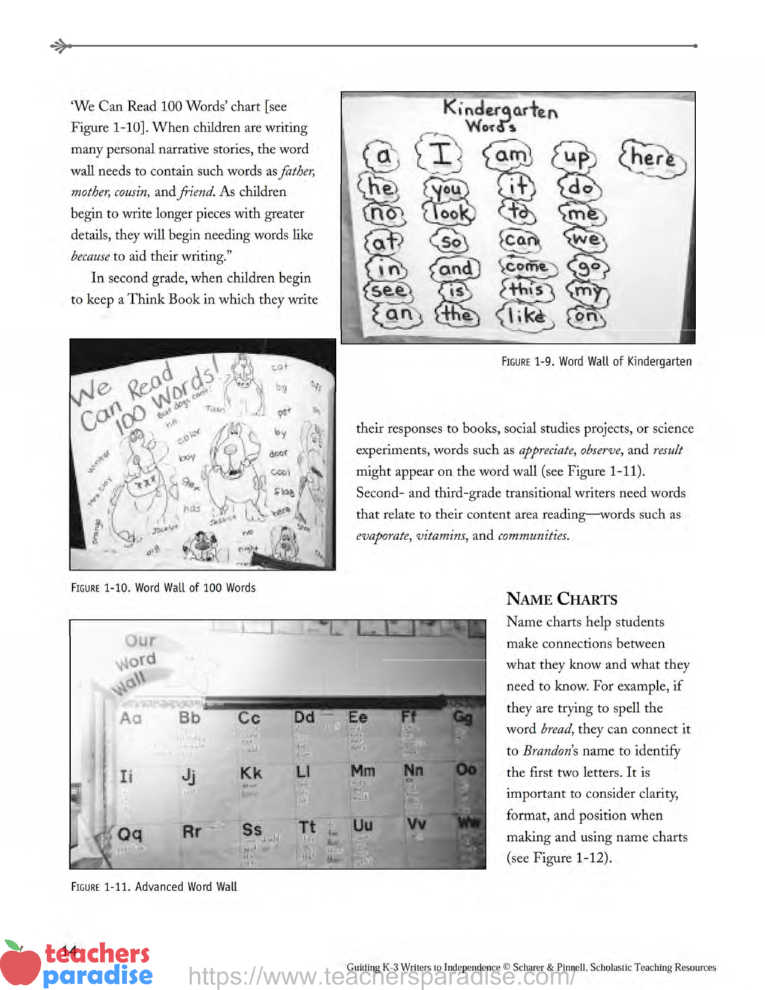
Readers will find a quartet of themes across the chapters in this book based on what we have learned through our work on numerous literacy projects over the past 25 years. The first theme is the assumption that all children and adults can and should be writers.We can recall a time when young children’s writing was confined to copying from the chalkboard or filling in blanks on a worksheet. Our definition of writing is “a lifelong learning experience that begins with preschool as young writers create messages that are meaningful through picture and print.” The writers in each classroom must also include the teacher who writes for a range of purposes, often sharing with students the challenges and successes experienced during the writing process.
The second theme is emphasizing the important role of oral language in linking thought processes with print.We recognize the importance of instructional contexts in which children talk with their peers and teachers about what they are reading and writing. Children’s literature is central to those conversations, leading to a deeper understanding of the literary aspects of texts and also an appreciation of the writer’s craft that can support students’ own writing.
The third theme is that writing instruction should not be confined to a particular grade level or time of year. Rather, writing instruction takes place across a range of instructional contexts, each contributing in unique ways to students’ abilities as writers.
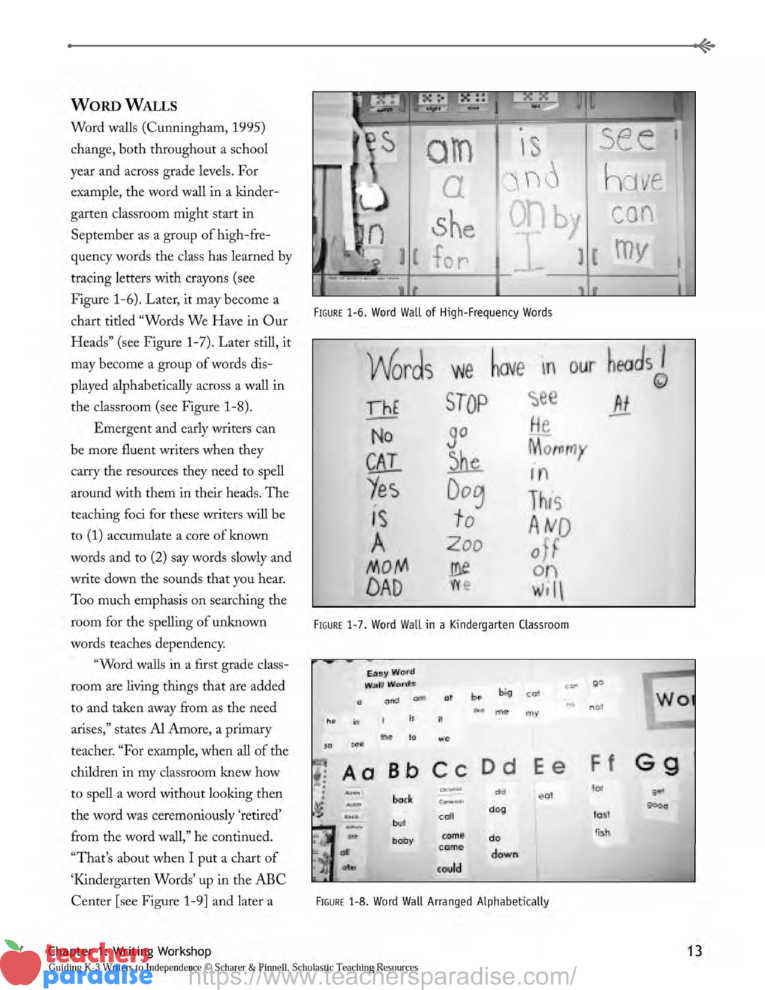
Finally, this book assumes that teachers are instructional decision makers charged with becoming expert at both noticing their students’ needs and planning to meet those needs in ways that support achievement in both reading and writing.Writers are created through daily opportunities to write, lessons that meet the needs of the class, and opportunities to celebrate students’ efforts as they write. This book’s first section, “Getting Started: The Basics of a Quality Writing Program,” sets the stage by taking readers into classrooms from kindergarten to grade 3 to see the writing process at work across the grades. Chapter 1, by Barbara Joan Wiley, offers a photo-essay of classrooms from kindergarten through grade 2, helping readers to “picture” writing instruction in the younger grades. Laurie Desai then describes the teaching and learning of writing in a third-grade classroom in Chapter 2. The voices of experienced teachers of writing are led by Barbara Joan Wiley in Chapter 3 as they explain how writing workshop supports the writers in their classrooms.
In the second section, “Building a Community of Writers,” the chapters begin with Gay Su Pinnell and Irene Fountas’s discussion of the role of oral language in writing instruction followed by the introduction of a new concept—Community Writing—by Andrea McCarrier in Chapter 5. Marsha Levering’s chapter, “Becoming a Writer by Noticing the World,” continues the discussion of how teachers can support young writers by helping them talk and write about their surroundings. The last chapter of this section reminds us that writing is more than getting down the first draft. In Chapter 7, Kecia Hicks encourages writers to celebrate the effort to look critically at our writing as well as at determining what’s needed to make revisions that strengthen the quality of the message.
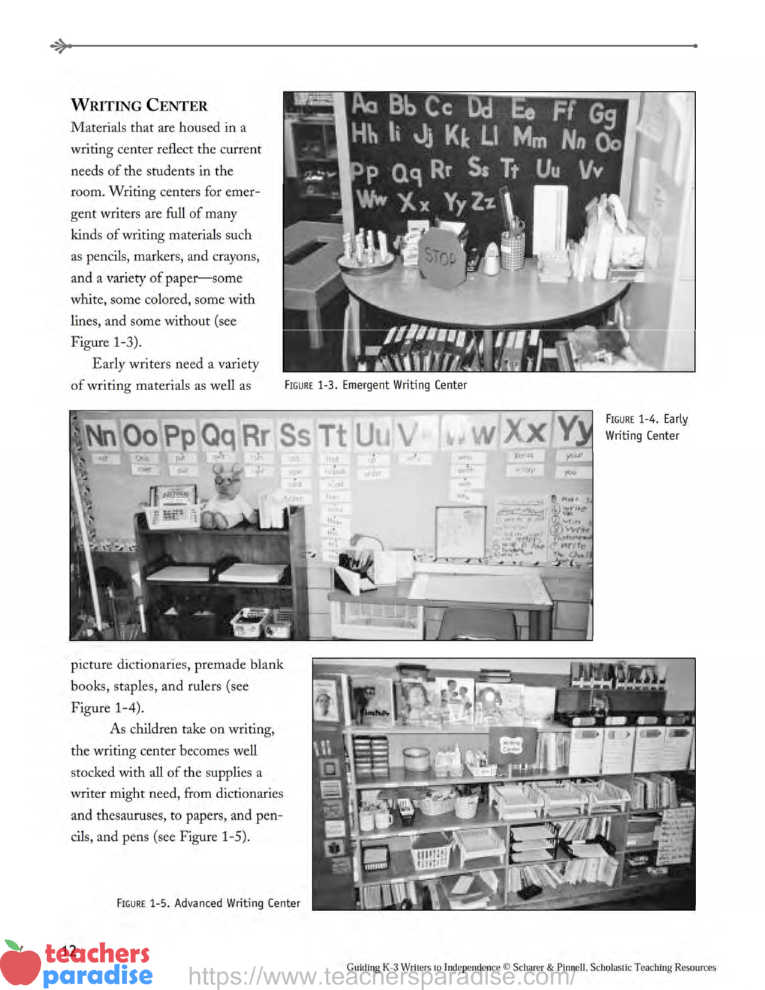
The importance of “Connecting Reading and Writing” is the focus of the third section. Gay Su Pinnell and Irene Fountas begin this section by describing the range of opportunities students have to write about what they are reading in ways that support their growing abilities as writers. In Chapter 9, Patricia Scharer turns the lens to picture books by exploring how teachers and students can analyze these texts to learn about a writer’s craft. The next chapter, by Justina Henry, explores how learning the story structures found in the personal narratives children hear and read can help young writers tell their own stories. This section concludes with a description of a school-home project involving KEEP BOOKS®, inexpensive “little books” designed by educators at the Ohio State University, that children can read in school and take home to keep. In this chapter, John McCarrier and Gay Su Pinnell team to discuss how John’s work as a KEEP BOOKS author serves as a model for teachers to share their own writing. (For information about KEEP BOOKS visit www.keepbooks.org.)
“Meeting the Needs of Individual Learners,” the fourth section, centers on how assessment and instruction merge to support the individual needs of young writers. Chapter 12, by Sherry Kinzel, provides an overview of writing assessment and draws particular attention to the importance of conversations between teachers and writers. The case study of Jesse by Rauline Morris in Chapter 13 is a fitting example of how teachers can move writers from reluctance to enthusiasm within a quality writing program that centers on students’ individual needs. This section concludes with Emily Rodgers’ chapter on the importance of providing writing instruction for students who struggle as a way to support their growth as both writers and readers.
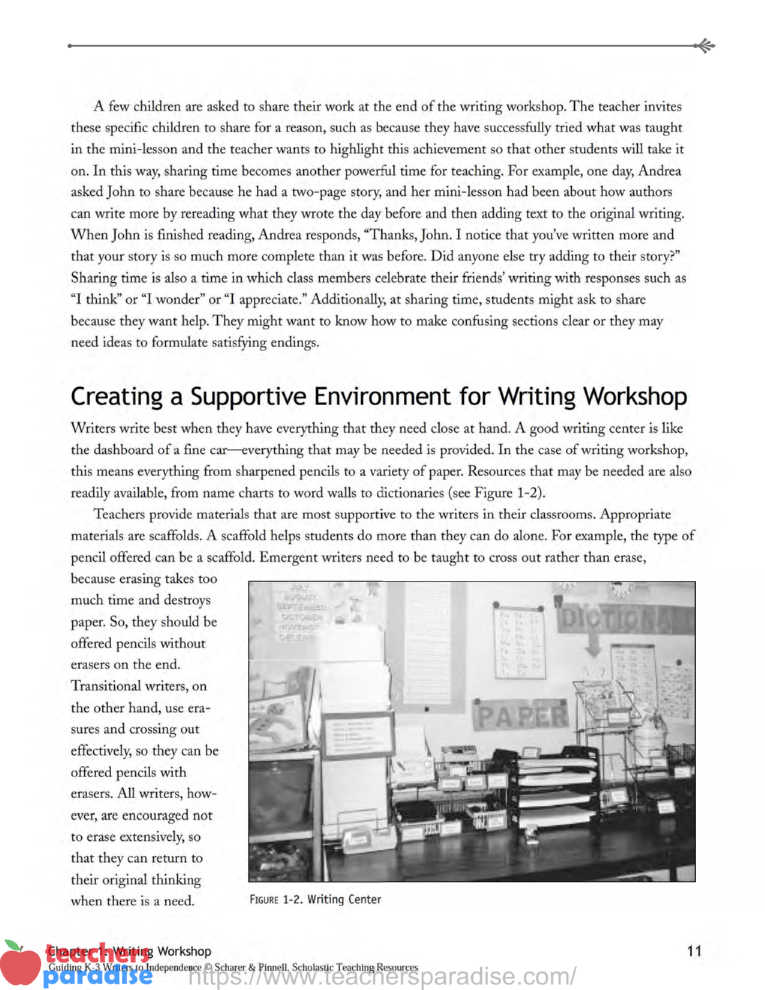
The final section is a set of resources to help teachers in “Taking Action” while planning their writing program. Lynda Hamilton Mudre’s “Fifteen Ways to Help Young Writers” offers a succinct way to think through important aspects of writing instruction in the primary grades. The final chapter, by Lynda Hamilton Mudre and Gay Su Pinnell, focuses on handwriting, a skill some might argue is often neglected. Their approach to handwriting ensures appropriate attention to this skill as a way to foster fluency as a writer and clarity for the reader without compromising attention to the writing process. Six appendices round out this book with bibliographies, frequently asked questions, and teaching ideas.
Section I
Getting Started: The Basics of a Quality Writing Program
Getting Started: The Basics of a Quality Writing Program sets the stage by taking readers into classrooms from kindergarten to grade 3 to see the writing process at work across the grades. Chapter 1, by Barbara Joan Wiley, offers a photo-essay of classrooms from kindergarten through grade 2, helping readers to “picture” writing instruction in the younger grades. Laurie Desai then describes the teaching and learning of writing in a third-grade classroom in Chapter 2. The voices of experienced teachers of writing are led by Barbara Joan Wiley in Chapter 3 as they explain how writing workshop supports the writers in their classrooms.
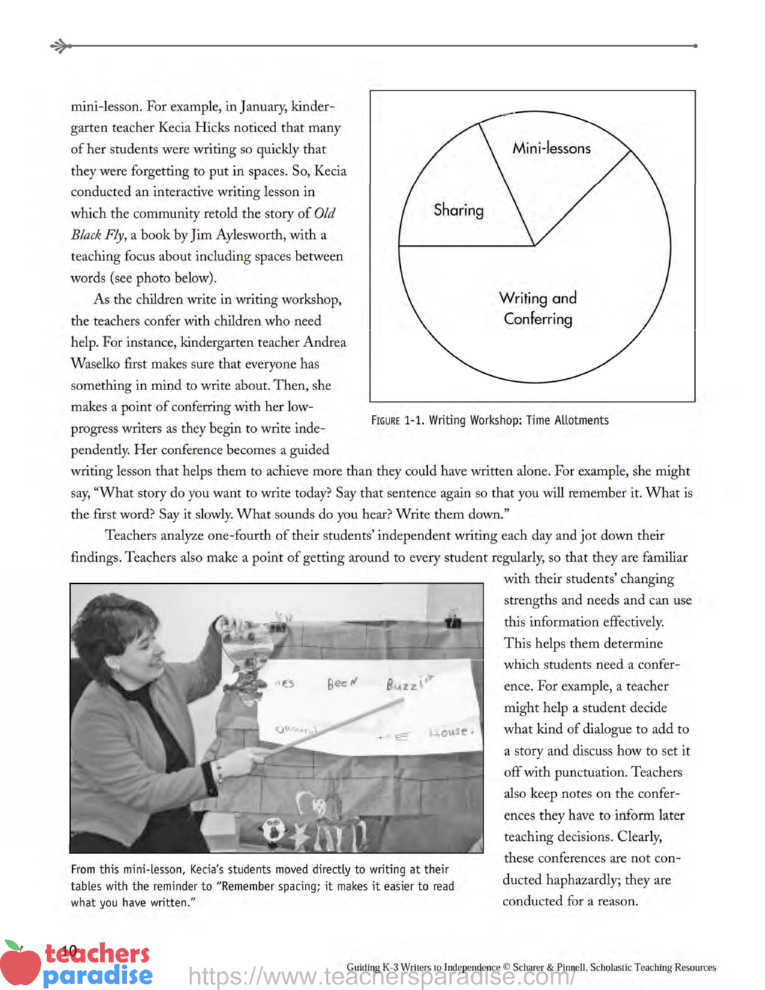
Suggestions for Professional Development
Working with your colleagues, use the following ideas to help all of you reflect on how you see yourselves as writers.
- Ask everyone to think about the following questions and respond by quickly writing their thoughts for each.
• How did I learn to write?
• How do I feel about writing?
• How often do I write?
• Why do I write?
• What kinds of things do I write?
• Do I consider myself a writer? Why or why not?
• Have my writing habits changed over the years? If so, how and why?
• What would I change about myself as a writer?
Share at table level and then with the whole group.What insights does this give us about the teaching and learning of writing? - Ask each participant to write a ten-minute story about himself or herself.
- Have everyone work with a partner to role play conducting a writers’ conference concerning a piece of personal writing. (You can use the writing from the suggestion above.) Use the following questions as criteria to help you determine what this writer needs.
• Does the story make sense?
• Does the story follow story structure, including an introduction, a description of something that the character wants, obstacles that get in the way of the character getting what he or she wants, a turning point, and resolution?
• Is the language powerful?
• Is the writing conventional?
Then, ask the partners to switch roles. Afterward, discuss what you learned about conferences as a
writer and as a teacher. Ask participants to rethink, revise, or edit their pieces of writing in the next five
minutes, applying what they learned in their conference. Have one or two teachers share their writing
with the whole group, and ask the audience to respond.What was learned? How did the writers feel during
the conference? While revising? What are the implications for writing instruction?
Table of Contents – 0439884497
INTRODUCTION – 5
SECTION I: GETTING STARTED: THE BASICS OF A QUALITY WRITING PROGRAM
Chapter 1
Writing Workshop: A K–2 Photo Journal by Barbara Joan Wiley – 9
Chapter 2
Writing Workshop in Third Grade: A Visit to Journey’s Classroom by Laurie Desai 19
Chapter 3
Getting Writing Workshop off to a Good Start: Building on the Counsel of Teachers by Barbara Joan Wiley – 31
SECTION II: BUILDING A COMMUNITY OF WRITERS
Chapter 4
Oral Language as a Foundation for Writing by Gay Su Pinnell and Irene C Fountas 49
Chapter 5
Engaging Children in a Writing Process Through Community Writing by Andrea McCarrier – 67
Chapter 6
Becoming a Writer by Noticing the World by Marsha Levering – 89
Chapter 7
“Revising”Our Approach to Writing Workshop by Kecia Hicks – 101
SECTION III: CONNECTING READING AND WRITING
Chapter 8
Writing About Reading by Gay Su Pinnell and Irene C Fountas – 111
Chapter 9
Talking About Books to Learn the Writer’s Craft by Patricia L Scharer – 123
Chapter 10
Story Structure as a Support to Meaning-Making by Justina Henry – 135
Chapter 11
Creating School-to-Home Bridges Through Reading and Writing by John McCarrier and Gay Su Pinnell – 147
SECTION IV: MEETING THE NEEDS OF INDIVIDUAL LEARNERS
Chapter 12
Assessment and Conversation: Powerful Tools for Teachers by Sherry Kinzel 167
Chapter 13
From Reluctance to Enthusiasm by Rauline Morris – 181
Chapter 14
Write Now! Don’t Wait to Teach Struggling Readers About Writing by Emily Rodgers 193
SECTION V: TAKING ACTION
Chapter 15
Fifteen Ways to Help Young Writers by Lynda Hamilton Mudre – 209
Chapter 16
Learning About, From, and Through Handwriting by Lynda Hamilton Mudre and Gay Su Pinnell – 227
APPENDICES
Appendix A: Books Worth Talking About – 241
Appendix B: Frequently Asked Questions About Writing – 246
Appendix C: Picture Books About Writers and Writing – 253
Appendix D: Frequently Asked Questions About Interactive/Shared Writing 254
Appendix E: Children’s Books Supporting Community Writing – 258
Appendix F: KEEP BOOKS Set Information and Order Form – 265
ABOUT THE AUTHORS – 271
REFERENCES – 275
INDEX – 283

